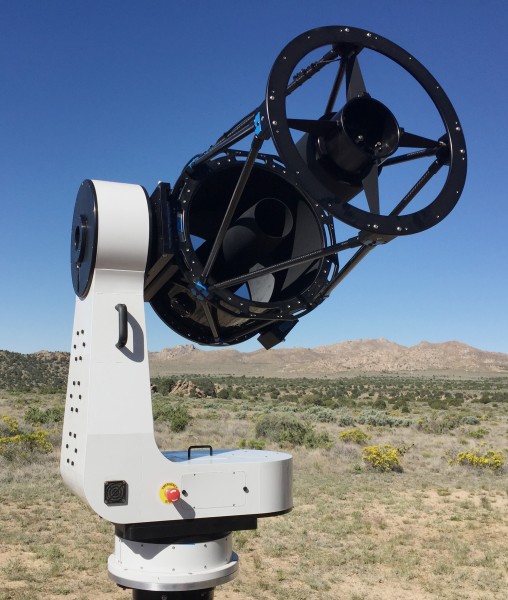
Turn on Drive labels for your organization. Though you can create labels while Drive labels are turned off, your organization can’t use them until Drive labels are turned on.Design System is an umbrella term that’s established itself since digital became a mainstay of day-to-day operations. If your Google Workspace edition supports data loss prevention (DLP) for Drive, you can set up DLP rules to automatically apply labels to content.For details, see the Google Drive Labels API documentation. You can use the Labels API to create, edit, apply, and remove labels programmatically.Users with edit access to files can apply labels to files in Google Drive.Labels can be applied to any file in Drive, but not to folders, shortcuts, shared drives, or files owned by another organization.You can apply up to 20 labels total between user-applied and rule-applied labels. Files can have up to 5 user-applied labels.You can create up to 150 labels for your organization, including 1 badged label.Content type: Contract, Design Doc, Mockup.Users can then search by field values in Drive, such as for all expired contracts. For example, you can have the options for the Status field be Draft, Awaiting Signature, Rejected, Signed, or Expired. When you create the label, you assign each field a data type (number, date, person, text, or selection) and define the possible values for selection fields. A “Contract” label with the following fields: Type, Company, Status, and Due Date.A “Project Alpha” label that users can apply to any item related to Project Alpha so they can easily find all relevant files.If you want users to record why they chose a sensitivity level, you could add a “Justification” text field. When users apply the label, they select how sensitive the content is. A “File Sensitivity” label with the options Top Secret, Internal, Public, and Private, each with a different color.Files previewed in Gmail, Calendar, Chat, or Meet.Labels aren’t shown in the following scenarios:

If a user isn’t allowed to apply or see the label, they won’t see it in Drive. When you create a label, you can set who can see and use the label - your entire organization (the default) or only certain users and groups. Learn more about how users work with labels. For open files, users can click Files > Labels to open the label editing pane. Label activity is shown in the file’s Activity pane. Users can see all labels applied to an unopened file in My Drive, where they’re listed in the file’s Details pane. With a standard label, you can set it up like a tag (a simple label with no user input), or you can add structured fields where users can provide more information. You can create 150 standard labels (or 149 if you create a badged label). The badged label must have at least one selection field. You can create only one badged label for your organization. For other file types, such as PDFs, the badged label is listed in the file’s Labels pane along with any other labels. The badged label is listed next to the file name when users open a file in Google Docs, Sheets, or Slides on the web. Google Drive has two kinds of labels: badged and standard.īadged labels are for your organization’s most critical metadata, and visually emphasized on files they’re applied to. Types of Drive labels and where they appear For example, with “Contract Status” and “Due Date” label fields, you could search in Drive for all contracts awaiting signature and due by Friday.

People in your organization can find content based on labels and fields. When you use a label in a rule, the label is locked from destructive editing–it can’t be disabled or deleted. For example, if a file contains PII, with DLP you can automatically apply a “Confidential” label and block external sharing.

Use a label as a condition or action in Data Loss Prevention (DLP) rules or Vault retention rules (coming soon) to meet compliance requirements. For example, with a “Sensitivity” label, you could restrict access to files marked as “Confidential” or “Highly Sensitive”. Use a label to identify sensitive content or content that requires special handling. Classify content to follow an information governance strategy.Types of Drive labels appear and where they appearĭrive labels are useful for many common workplace scenarios, including records management, classification, structured finding, workflow, reporting, auditing, and more.


 0 kommentar(er)
0 kommentar(er)
